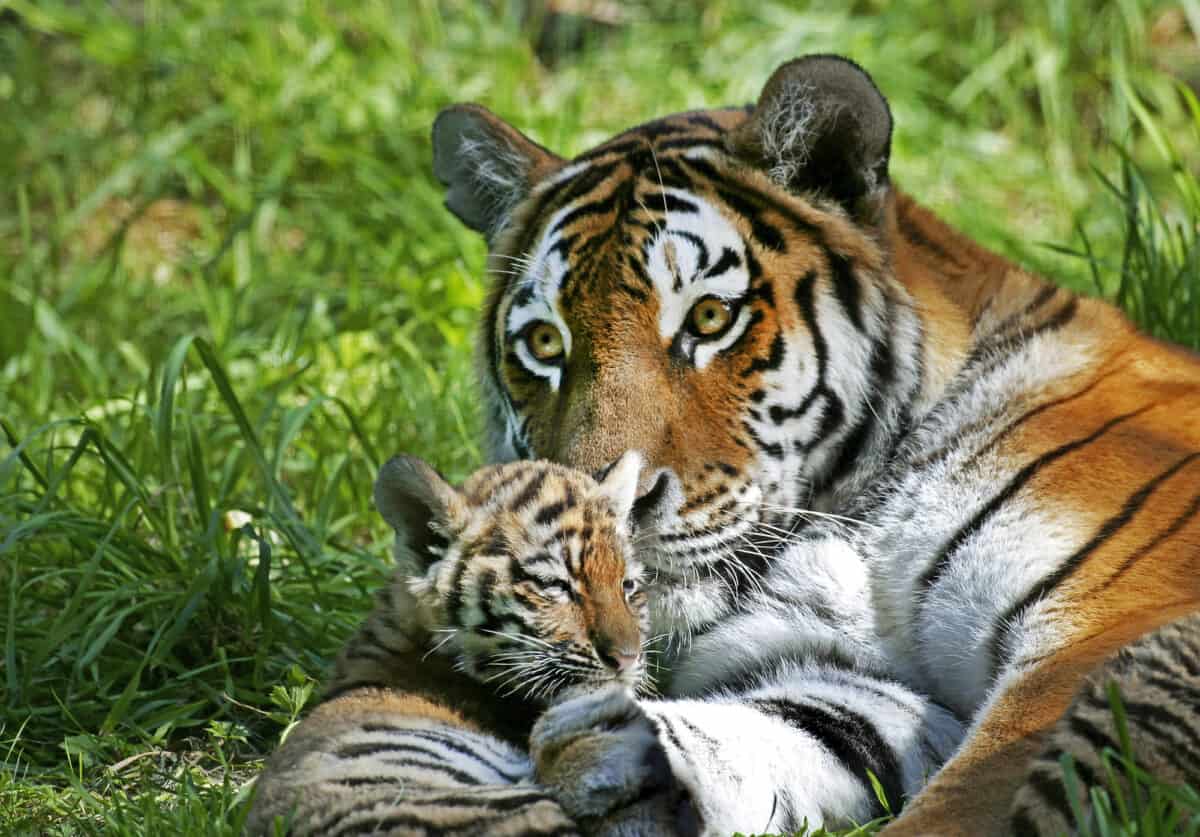Asia, vast and old, holds a world of animals. From the thick jungles to the high Himalayas and wide deserts, there are so many destinations and wildlife to explore.
There are snow leopards, tigers, giant pandas, and orangutans. These animals tell a story of beauty and toughness. Yet, they face hard times from losing homes, hunting, and the changing climate. To know Asia’s wildlife is to walk through nature’s greatness, where old creatures wander lands that have shaped human stories for ages.
I lived in China and Japan for a while an truly enjoyed the local animals and wildlife. Read more below.
List of Animals in Asia
-

Top 10 Iconic Chinese Animals
-

The Real-Life Animal Behaviors That Inspired Kung Fu Panda
-

This Cat is Known as the “Ghost of the Mountains”
-

How Red Pandas Use Camouflage to Stay Safe
-

The Revealed Secrets of the Elusive Snow Leopard
-
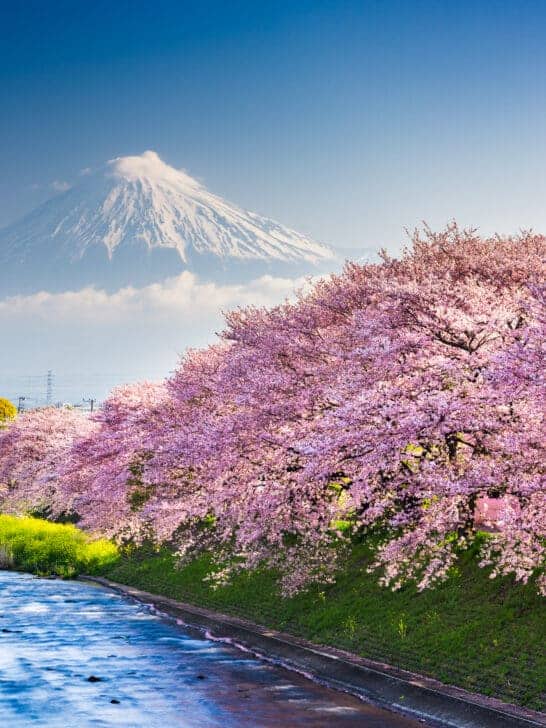
Animals and Wildlife in Japan
-
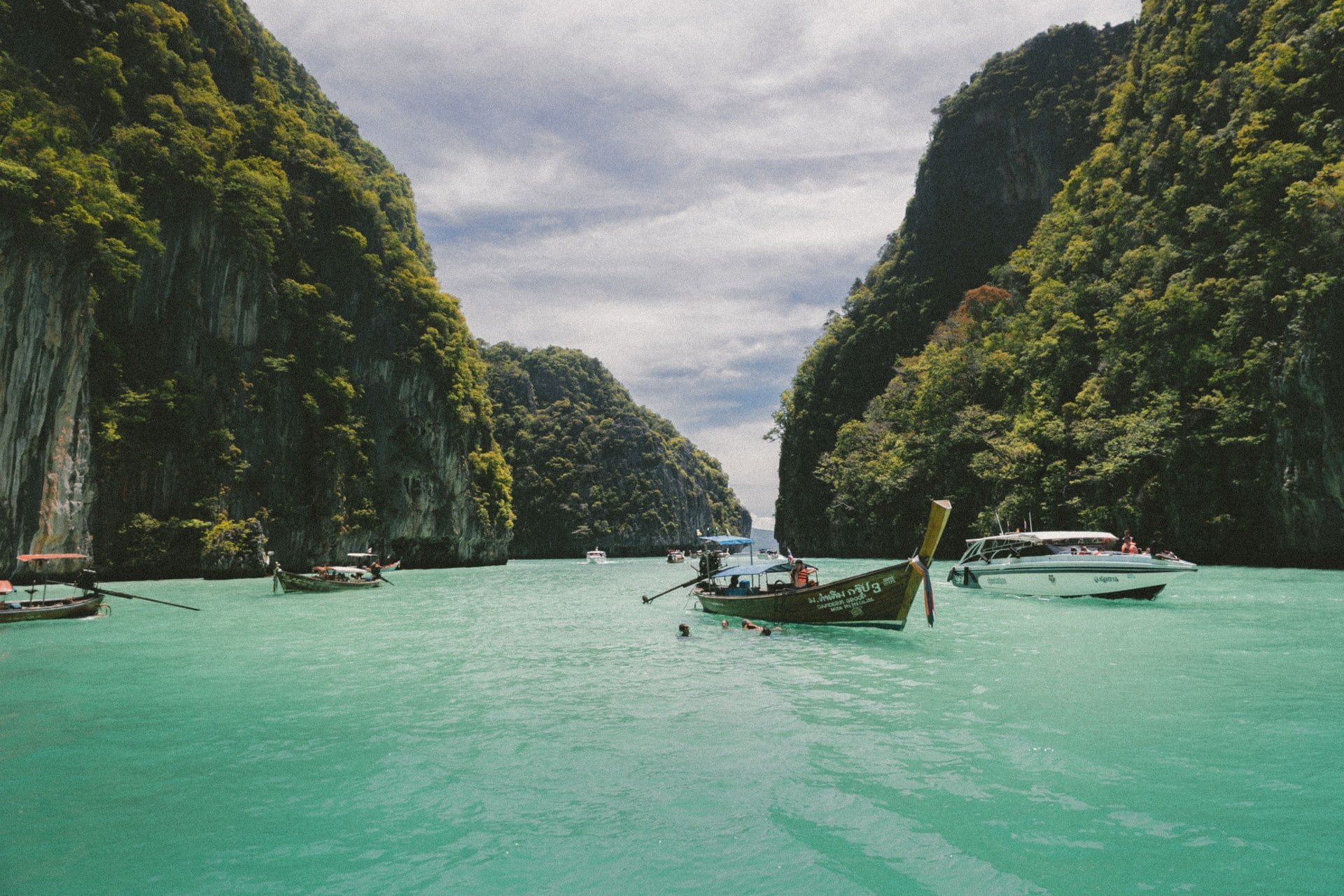
Animals and Wildlife in Thailand
-
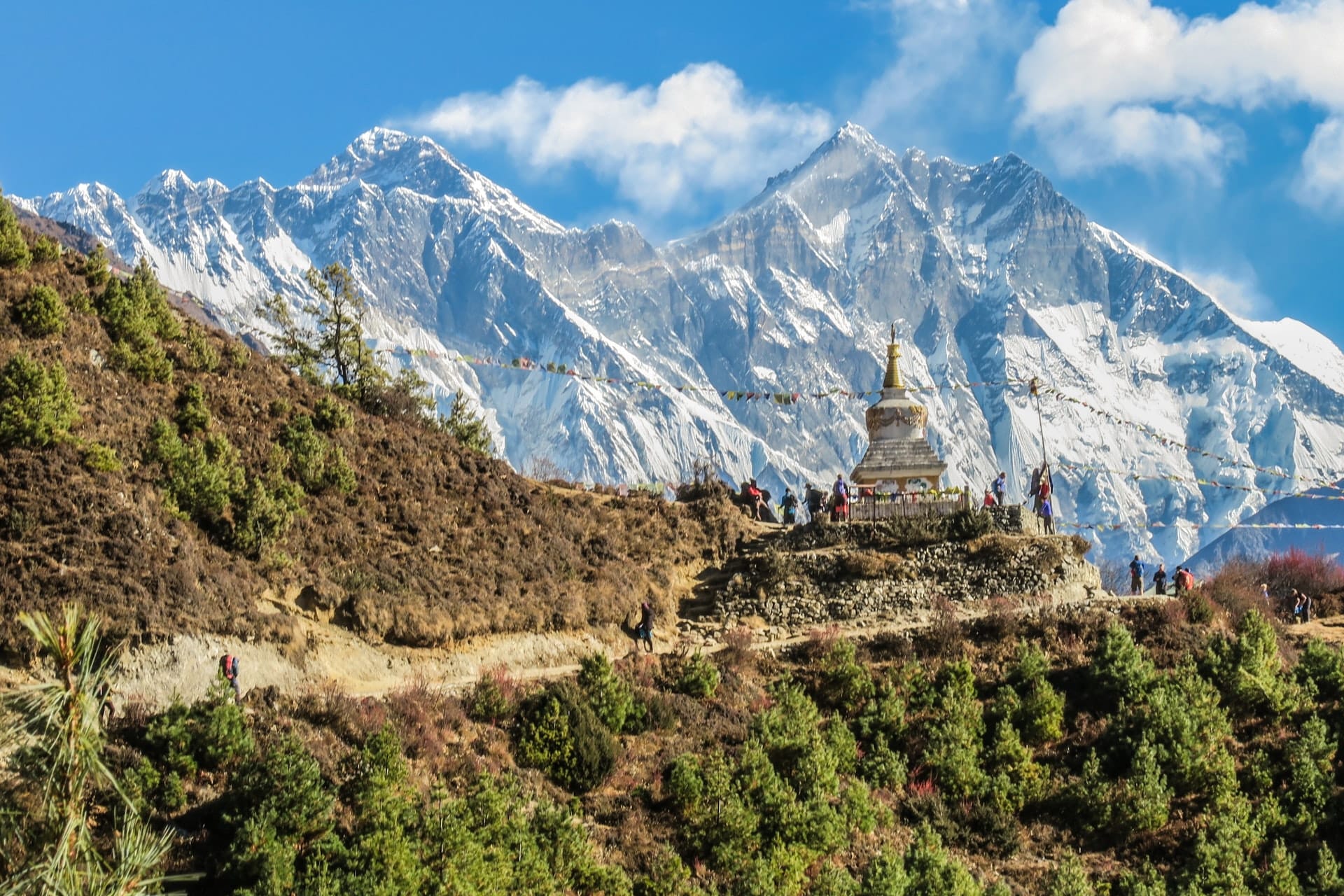
Animals and Wildlife in Nepal
-
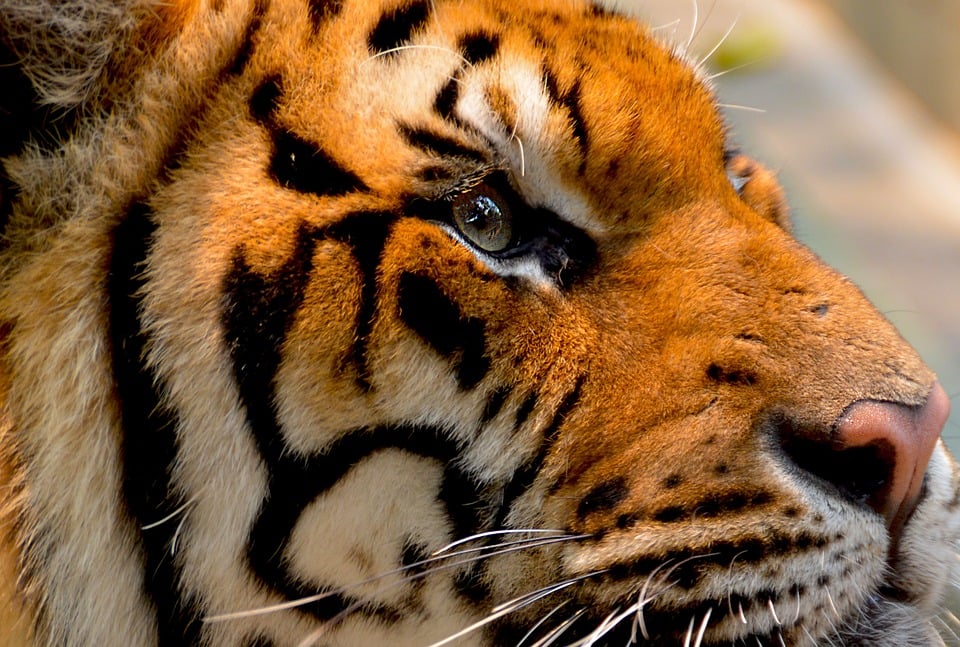
Where to see the Big 5 of India
-

Animals and Wildlife in Indonesia
-
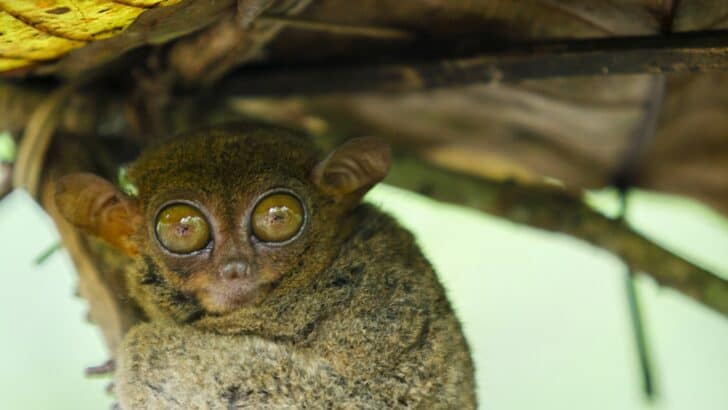
Animals and Wildlife in the Philippines
-
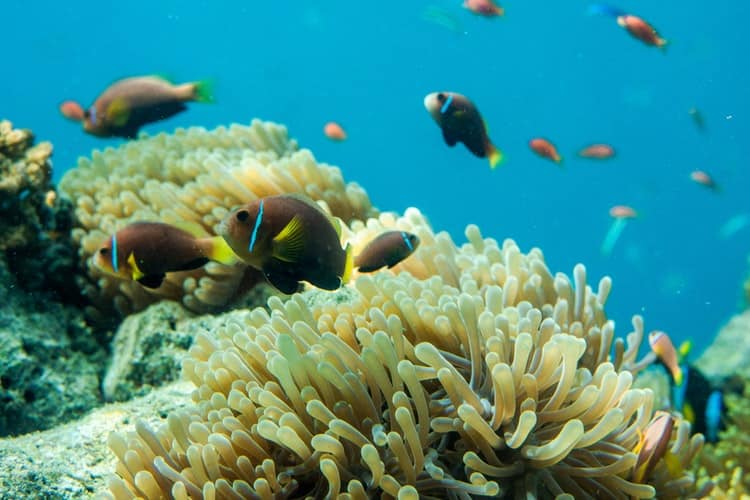
Animals and Wildlife in the Maldives
-

Top 10 Pet Animals in India
-

23 Most Endangered Animals in Asia
-

Incredible Animals of the Himalayas
-

Top 10 Animals and Wildlife in Vietnam
-

How Snow Leopards Survive at the Edge of the World
-

Could This Newly Found Otter Rewrite What We Know About Evolution?
-

Meet the World’s Heaviest Flying Bird
-

Scientists Found the World’s Largest Freshwater Stingray
-

The Reintroduction of Cheetahs to India: A Bold Experiment
-

Top 10 Animals in Russia
-
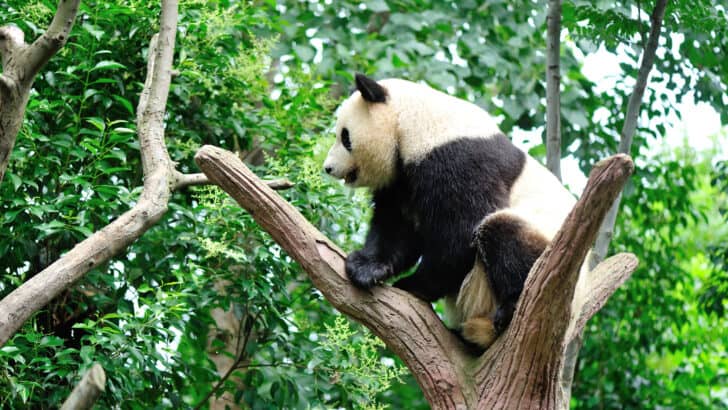
Watch: First Giant Panda Born in South Korea Departs for China, Leaving Thousands in Tears
-
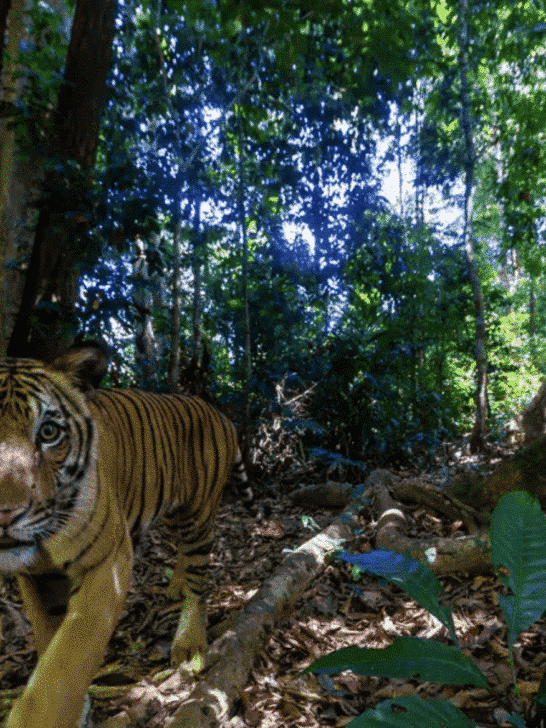
A Rarity: Malayan Tiger Caught on Camera
-
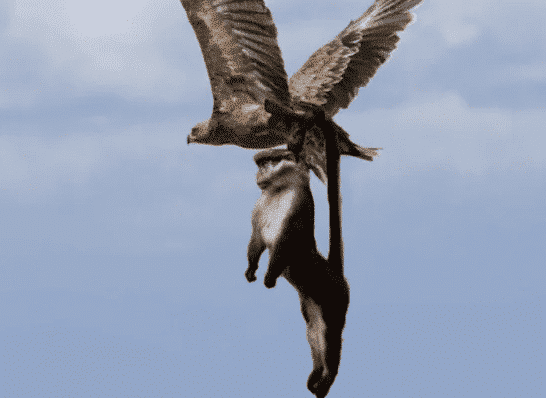
Did You Know There Are Monkey-Eating Eagles?
-

How Komodo Dragons Dominate Their Islands
-

Why Red Pandas Are More Than Just Cute Faces
-

Watch: Bears First Time Outdoors After 20 Years
-
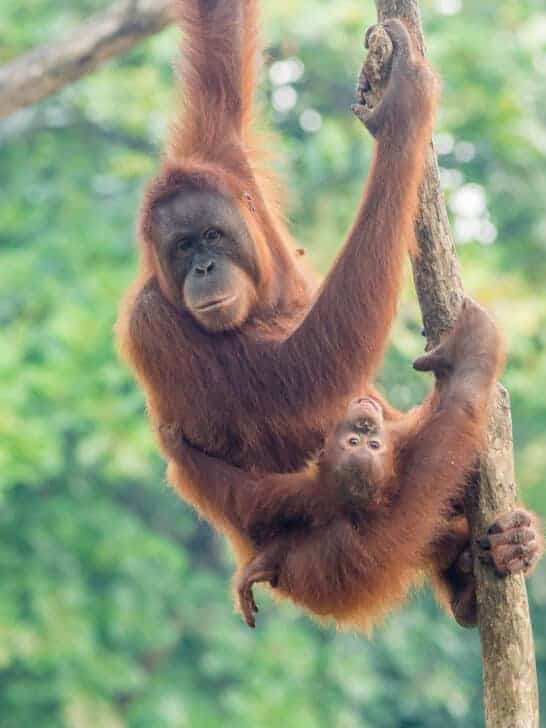
Crisis for Sumatran Orangutans: 2024 Update
-
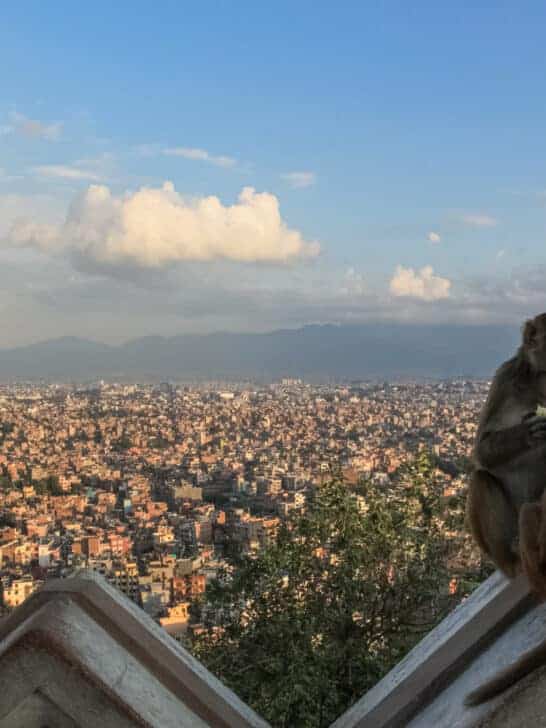
Urban Monkeys: Adapting to City Life
-

The Cave That Makes Birds Lose Their Sense of Direction
-
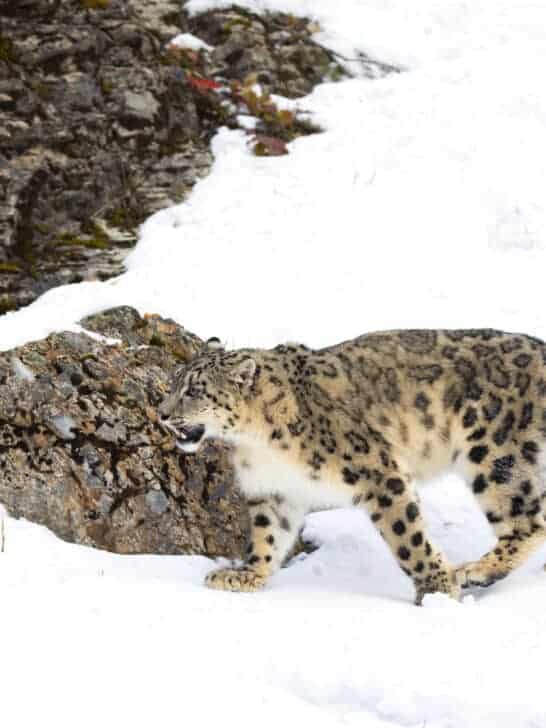
Exploring the Rich Diversity of Himalayan Wildlife
-

Beloved Elephants Drown in Northern Thailand as Typhoon-Fueled Floods Rise 17ft
-

You Don’t See That Everyday: Snake Drags Rat into AC
-
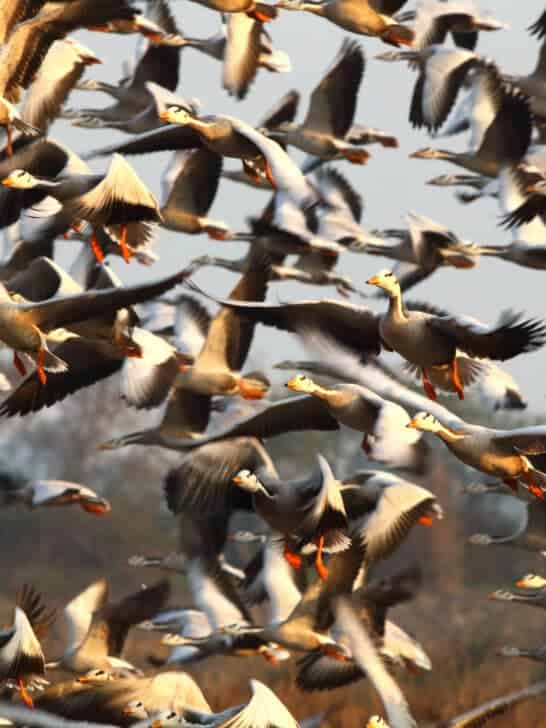
Navigating Heights: The Bar-Headed Goose’s Skyborne Prowess
-

Hungry Elephant Smashes Car Window for a Snack
-
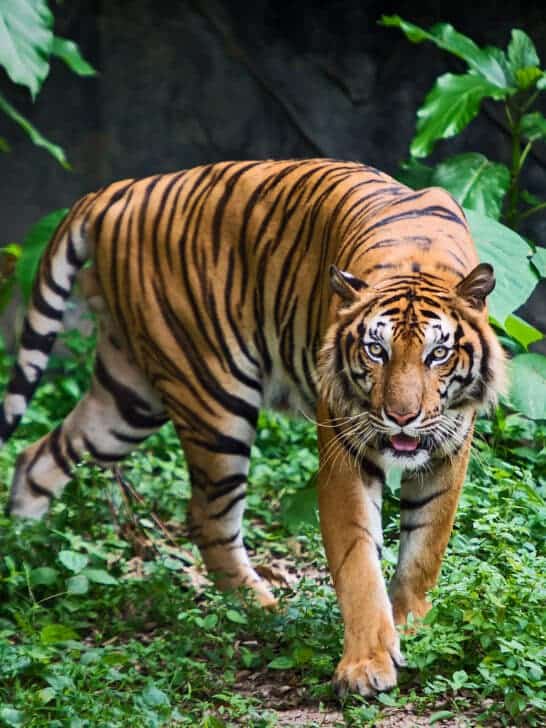
India Records Highest Tiger Deaths in Over a Decade
-

Unfathomable: Wild Boars Attack a Lonesome Leopard in India
Animals in Asia FAQs
The giant panda, with its black and white coat, lives in the bamboo forests of China. The elusive snow leopard lives in the mountain ranges of Central and South Asia, its magnificent fur making it unique. In the rainforests of Borneo and Sumatra, the intelligent orangutan resides, showing human-like behaviors but facing the brink of extinction. The Indian rhinoceros, with its singular black horn and armored skin, is home in Northeast India and Nepal. Additionally, the Komodo dragon, the world’s largest living lizard, dominates the Indonesian islands of Komodo, Rinca, Flores, and Gili Motang, offering a glimpse into prehistoric times.
The endangerment of many animals in Asia stems from a complex mix of human activities. Expansive habitat destruction through agriculture expansion, logging, and urban development has significantly reduced the living spaces for wildlife. Poaching and the illegal wildlife trade thrive, targeting animals for their fur, horns, ivory, and other body parts, leading to drastic population declines. Pollution from industrial and agricultural sources contaminates air, water, and soil, adversely affecting wildlife health and reproduction.
Conservation efforts in Asia are multifaceted, aiming to address the pressing challenges faced by the continent’s wildlife. This includes the establishment of protected areas such as national parks, wildlife reserves, and conservation zones that offer safe havens for diverse species. Anti-poaching initiatives have ramped up surveillance and law enforcement to tackle poaching and the illegal trade of wildlife parts. Wildlife rehabilitation and breeding programs are also in place, focusing on the recovery of injured animals and the breeding of endangered species for eventual reintroduction into their natural habitats.
Newest Category: Animals in Asia
- 16 Dog Breeds That Are Surprisingly Low-Maintenance - June 18, 2025
- 10 Smartest Monkey Species Ranked by Experts - June 18, 2025
- 14 Fascinating Facts About Elephants You Did Not Learn in School - June 18, 2025

